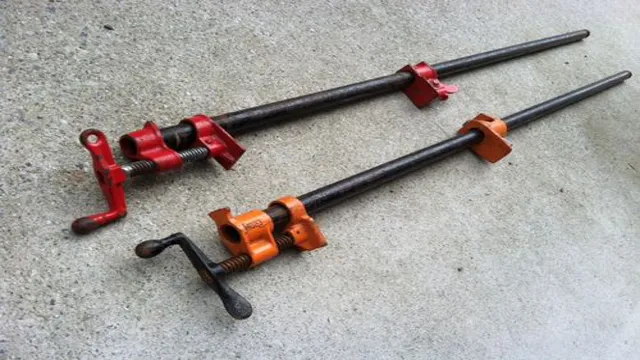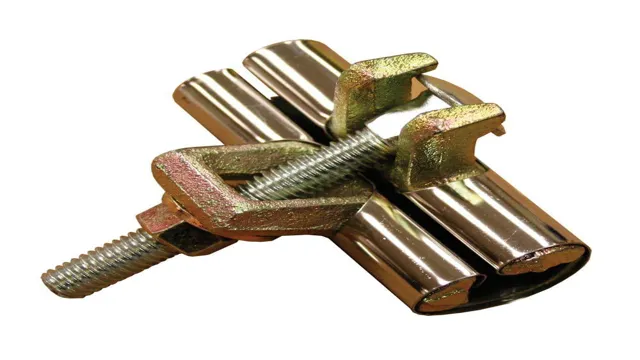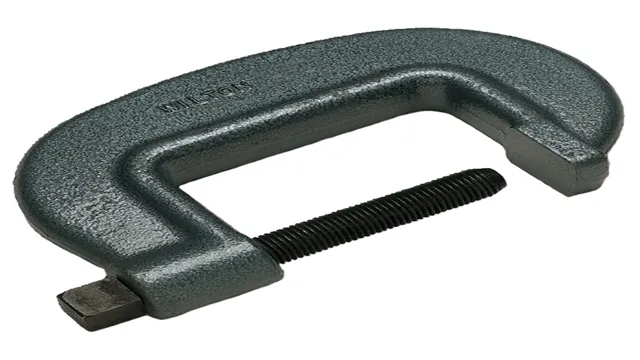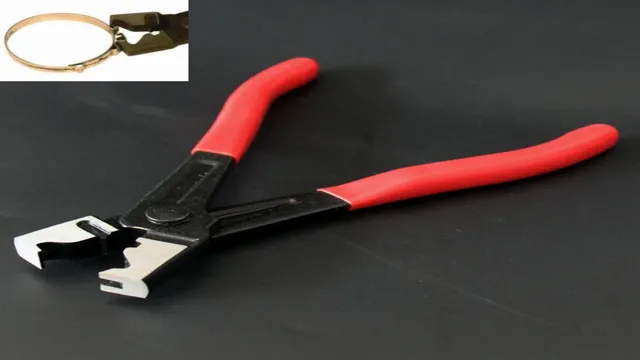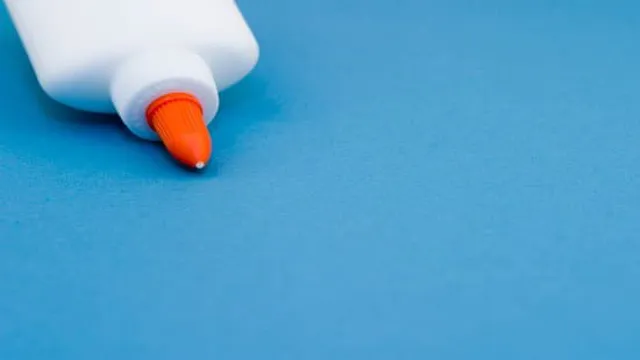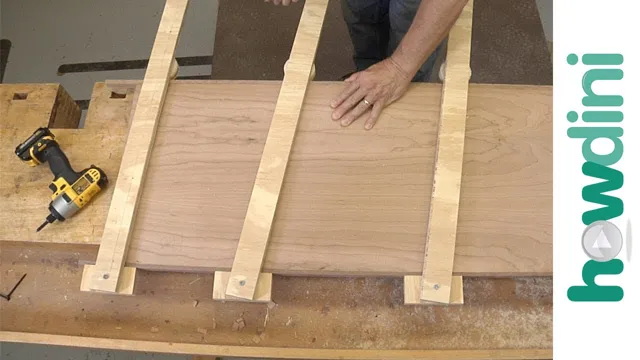How Long to Let Wood Glue Dry Before Removing Clamps: Expert Guide
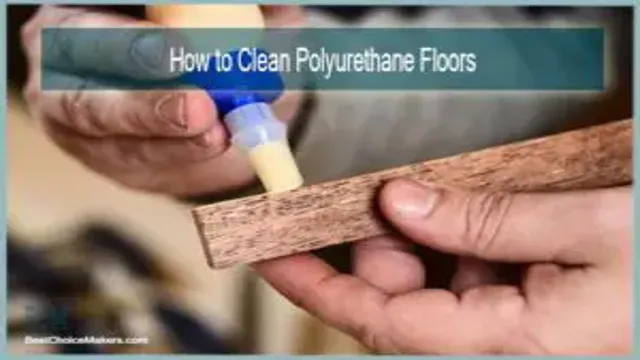
Have you ever wondered how long you should let wood glue dry before removing clamps? You’re not alone – it’s a common question many DIY enthusiasts and professional woodworkers ask. The simple answer is that it depends on the type of wood glue you’re using, the environmental conditions, and the size and weight of the materials being bonded. In general, most wood glues require at least 24 hours to fully dry and cure, which is why many woodworkers leave their clamps on for this duration to ensure a strong bond.
However, some high-quality industrial adhesives can cure in as little as 20 minutes, while others can take up to 72 hours or more to reach their maximum strength. Factors such as temperature, relative humidity, and ventilation also play a role in how long you should let your wood glue dry. For example, hot and dry conditions can speed up the curing process, while cold and damp settings can slow it down.
Moreover, lack of air circulation can result in excess moisture buildup, which can weaken the glue’s hold. Ultimately, the best way to determine how long to let your wood glue dry before removing clamps is to follow the manufacturer’s instructions and to conduct your own testing. Don’t rush the process, as it can compromise the integrity of your project and cause it to fail prematurely.
Remember, a little patience and attention to detail can go a long way in achieving a successful outcome.
Understanding Wood Glue Drying Time
When it comes to woodworking, it’s important to understand the drying time of wood glue. The question on every woodworker’s mind is, “How long should I let wood glue dry before removing clamps?” The answer can vary depending on the type of wood glue being used, humidity levels, and temperature. Most wood glues require at least 30 minutes to 1 hour of clamp time to ensure a strong bond.
It’s recommended to leave the clamps on for at least 24 hours before removing them. However, some types of wood glue can take up to 24 hours or even longer to fully dry. It’s important to follow the manufacturer’s instructions for optimal drying time and to allow for additional time if conditions are not ideal.
By allowing the proper time for wood glue to dry, you can ensure a strong and secure bond for your woodworking projects.
Factors That Affect Drying Time
Wood glue drying time can be affected by various factors such as temperature, humidity, and type of wood. High temperatures and low humidity can speed up the drying time, while cool temperatures and high humidity can slow it down. Additionally, denser woods can take longer to dry than softer woods due to their increased moisture content.
It’s important to consider these factors when choosing a wood glue and planning a project timeline. Waiting for glue to dry can be a tedious process, but rushing it can result in weak or failed joints. It’s best to allow for ample drying time to ensure the strongest bond possible.
So, if you’re working on a woodworking project, be sure to take the time to properly consider the drying time of your chosen wood glue to achieve the best results.
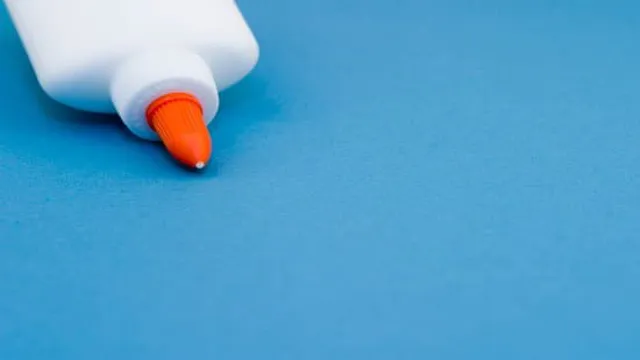
Types of Wood Glue and Their Drying Times
Understanding the drying time of wood glue is an essential aspect of any project involving woodwork. The type of glue used can affect how long it takes to dry. There are various types of wood glue, including yellow glue, white glue, polyurethane glue, and epoxy glue.
Yellow glue is commonly used in woodworking, and it dries in about a day. White glue takes around an hour to dry but can take longer depending on the humidity and temperature. Polyurethane glue, on the other hand, takes longer to dry, about four hours, but it’s waterproof and can be sanded or painted over easily.
Epoxy glue is a two-part adhesive, and it’s incredibly strong. It takes 24 to 48 hours to dry, but it can sustain weight and pressure. When selecting a wood glue, it’s vital to consider the glue’s drying time, strength, and water resistance.
Understanding the properties of each type of wood glue can help you choose the right one for your project.
How to Determine When Glue is Dry
When working on a woodworking project, it’s crucial to know how long to let wood glue dry before removing clamps. While the specifics can vary depending on the type of wood glue being used and environmental factors, it’s generally recommended to wait 24 hours before removing clamps. However, it’s essential to note that just because the glue appears dry doesn’t necessarily mean it’s ready to be unclamped.
A good way to check if the glue has fully cured is to gently tap on the joint. If it feels solid and doesn’t give, it’s likely safe to remove the clamps. Rushing the process can lead to weakened joints, so it’s best to err on the side of caution and give the glue enough time to fully dry and cure.
Visual and Tactile Indicators
When it comes to determining whether glue is dry or not, visual and tactile indicators can be extremely helpful. One visual indicator is the color of the glue – when it’s still wet, the glue will appear shiny and white or clear, but once it’s dry, the shine will disappear and the glue will become opaque. Additionally, you can use your sense of touch to determine whether the glue is dry or not.
When you touch it, wet glue will feel sticky while dry glue will have a hard texture and won’t stick to your fingers. Another useful way to verify that glue is fully dry is by testing a small part of the adhesive with your fingernail or a blunt object. If it doesn’t leave any marks, you can be confident that the glue has cured completely.
By paying attention to these visual and tactile indicators, you can ensure that you don’t disturb your glue joints before they’re ready and achieve the best possible bond.
Using Moisture Meters to Test for Dryness
Using moisture meters is an effective way to test for dryness in glue and other materials. Moisture meters work by measuring the level of water content in the material being tested, which can then indicate whether the glue has fully dried or not. By inserting the pins of the moisture meter into the glue, you can obtain an accurate reading of its moisture level.
Once the moisture level drops below a certain point, the glue can be considered dry and ready for use. However, it is important to note that different types of glue may require different moisture levels for optimal bonding, so it is always best to check the manufacturer’s guidelines before testing for dryness. By using a moisture meter to test for dryness in glue, you can ensure that your projects are completed with the highest level of precision and quality.
Factors That Affect Adhesion
One of the critical factors that affect adhesive strength is the drying time of the glue. But how do we know when the glue is dry? The drying time of glue depends on various factors such as temperature, humidity, and the type of glue used. The best way to determine when the glue is dry is to wait for the recommended drying time suggested by the adhesive manufacturer.
Once the recommended drying period is over, you can use your finger to touch the glue. If it feels dry and doesn’t stick to your finger, it’s most likely dry. Another way to determine the dryness of the glue is to check for the color change.
When glue dries, it usually becomes clear or opaque, indicating that the glue is dry. In contrast, the color changes when the glue is wet. So, by checking the color and tactile feel of the glue, you can easily determine if it’s dry or not.
Conclusion
In the world of woodworking, patience truly is a virtue. While the temptation to quickly remove those clamps and move on to the next step may be strong, it’s essential to give your wood glue ample time to dry and set properly. Rushing the process can lead to irreparable damage and frustration down the line.
So remember, when it comes to letting wood glue dry, patience is not only a virtue – it’s an absolute necessity for achieving quality results.”
FAQs
How long should I let wood glue dry before removing clamps?
It’s recommended to let the wood glue dry for at least 24 hours before removing the clamps.
What happens if I remove the clamps too soon after applying wood glue?
If you remove the clamps too soon, the wood pieces may shift or separate, and the bond between them won’t be as strong.
Can I speed up the drying process of wood glue?
Yes, you can speed up the drying process of wood glue by applying heat or using a drying accelerator.
Is there a specific type of wood glue that dries faster?
Yes, some types of wood glues such as cyanoacrylate (super glue) and polyurethane glue tend to dry faster than traditional PVA wood glue.
Can I use a hair dryer to dry the wood glue faster?
It’s not recommended to use a hair dryer or any direct heat source as it may cause the glue to dry too quickly and result in a weak bond.
Is it necessary to use clamps when applying wood glue?
Using clamps is highly recommended as it ensures a tight and even bond between the wood pieces.
Can I remove the excess glue after it dries?
Yes, once the glue is dry, you can use a scraper or sandpaper to remove any excess glue and smoothen the surface.

